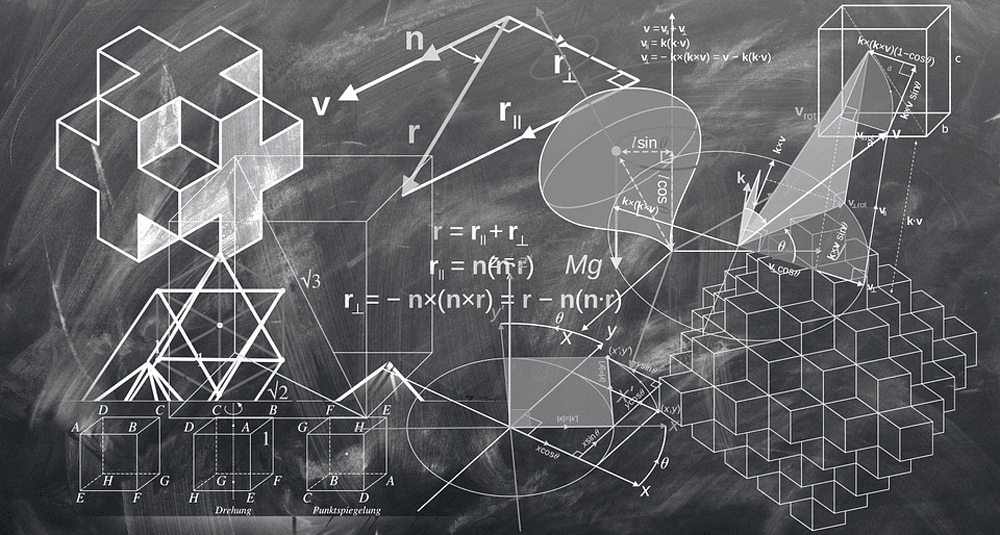In geometry, how many points delimit a line segment?
Last Updated:
In geometry, a segment is a finite part of a line, bounded by two distinct points called its endpoints. These two points, often designated by (A) and (B), completely define the segment, which includes all points between (A) and (B) on the line. So here is the fundamental answer: a segment is bounded by two points.
To fully understand this concept, we must first distinguish between three related but different geometric objects: the line, the radius, and the line segment.
A line is an infinite line: it has no beginning and no end. It can be thought of as a line without limits, extending infinitely in both directions.
A ray, on the other hand, has a point of origin and extends infinitely in only one direction.
Finally, a line segment is a limited part of a line: it starts at one point and ends at another. These two points are its endpoints.
Thus, if we consider two distinct points (A) and (B), the line segment ([AB]) is the set of points located on the line passing through (A) and (B) that lie between these two points. Mathematically, we say that:
[AB]={M∈(AB) ∣ AM+MB=AB}
This expression means that point (M) belongs to segment ([AB]) if it lies between (A) and (B) on the line.
The two points (A) and (B) play an essential role: they determine the segment. Without these two distinct points, it is not possible to define a finite portion of a line. If only one point were known, we could only define a half-line (if we impose a direction) or an infinity of potential segments passing through that point. If the two points coincide, the segment becomes zero: it contains only one point and therefore has no length.
The length of a segment ([AB]) corresponds to the distance between points (A) and (B). This distance can be measured, unlike the length of a line, which is infinite. In plane geometry, if the coordinates of points (A(xA, yA)) and (B(xB, yB)) are known, the length of the segment can be calculated using the following formula:
AB=(xB−xA)2+(yB−yA)2
This concrete measurement clearly illustrates the finite nature of the segment, precisely delimited by two points.
The line segment is a fundamental concept used in all areas of geometry, whether for constructing figures, measuring distances, or modeling objects in space. It is particularly important in the definition of geometric figures such as the triangle (formed by three line segments), the square (four equal line segments), and the polygon (a set of closed line segments connecting several points).
Conceptually, the line segment plays an important role in the teaching of geometry, as it connects abstraction (the infinite line) to a measurable and concrete reality. In physics and engineering, this idea of a limited portion is found in representations of objects, forces, and structures, where starting and ending points are always necessary.
In geometry, a line segment is defined and delimited by two distinct points, which are its endpoints. Between these two points lies an infinity of points forming the part of the line called the segment. These two endpoints mark the beginning and end of the segment, giving it a finite, measurable, and concrete existence, unlike the infinite line that connects them.
sciences

In geometry, how many points delimit a line segment?
Answer
In geometry, a segment is bounded by two distinct points, called its endpoints, which mark its beginning and end.